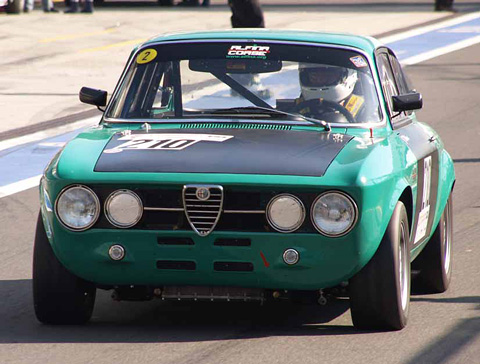
1970 Alfa Romeo Giulia GTAm–maybe. In any case, what does Am mean? The A was for ‘alleggerita’ (lightened) and the m was for ‘maggiorata’, (increase) in reference to the new larger 2 liter engine. The ‘m’ could also have meant ‘monobloc’. Readers comments welcome.
Correspondent Alessandro Gerelli goes Alfa hunting at the Nurburgringring Oldtimers. All photos copyright Alessandro Gerelli. Captions by staff.
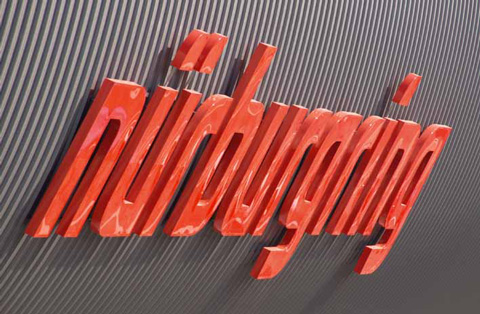
The big news from the Nurburgring; new stands, new hotels are already in place, and soon there will be new shops and entertainment areas, along with a new identification for this old German venue.
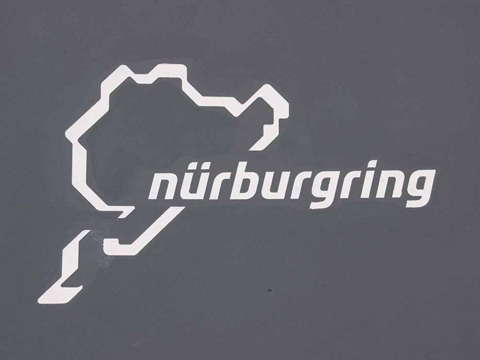
The traditional Nurburgring track which includes the long circuit.
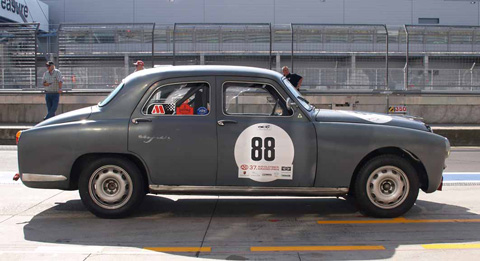
Alfa Romeo 1900 TI Super. Surprising rare even today, these large sedans won their class at the Carrera Panamericana.
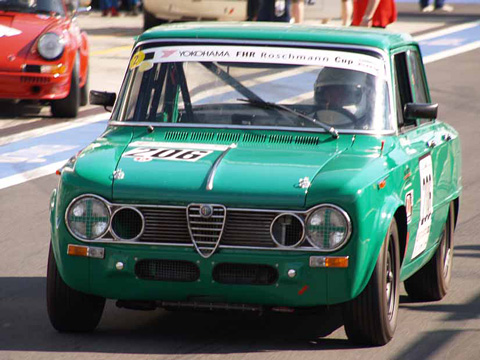
1970 Alfa Romeo Giulia Super. Orazio Satta’s team engineered the Giulia sedan, and its popularity was such that it continued to be produced alongside the 1750 and 2000 Berlinas until 1976.
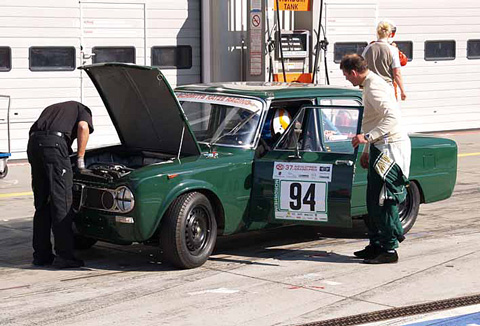
1965 Alfa Romeo Giulia TI Super. You could have a Giula T.I. or a Giulia Super, but if you had the Giula T.I. Super, that was the cat’s meow. T. I. stood for Turismo Internazionale.
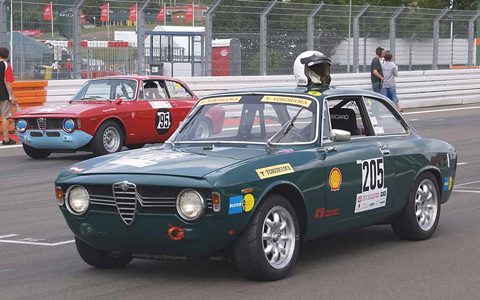
Alfa Romeo Giulia Sprint GT and GTA in the background. The GTA had an aluminum body riveted to the frame instead of welded steel.
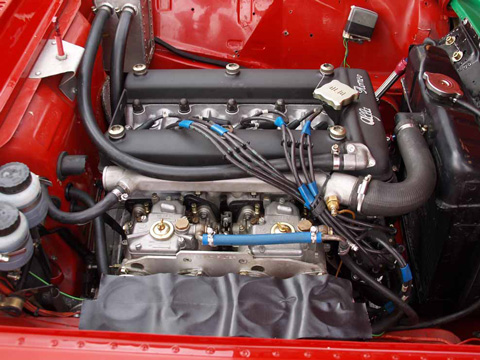
Alfa GTA engines were equipped with a dual plug head, and the 1600 was good for 115hp when introduced in 1965.
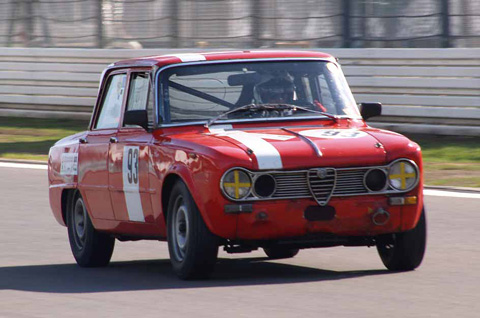
1964 Alfa Romeo Giulia Super. Delightful classics, the Satta sedans morphed into the heavier and more luxurious Berlina 1750. But the thrill was gone.
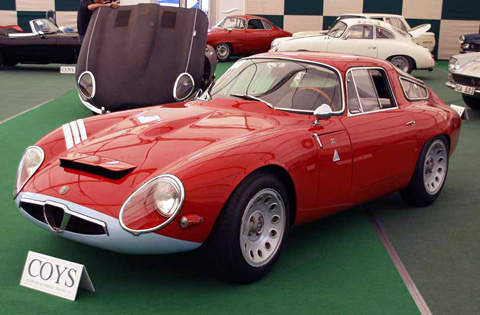
Alfa Romeo Giulia TZ1 for sale at Coys auction. It was not listed as auctioned, but has incorrect wheels. About 120 GTZs were built, we wonder how many there are today. More, or less?
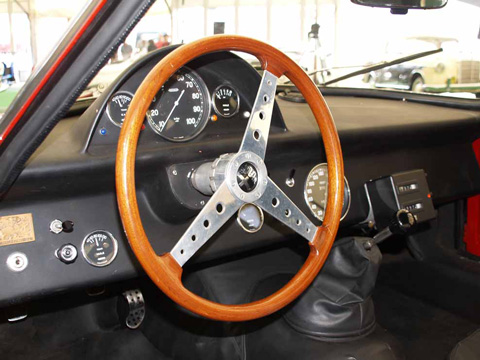
The TZ1 has one of the most classic office spaces of the 1960s and this looks authentic.
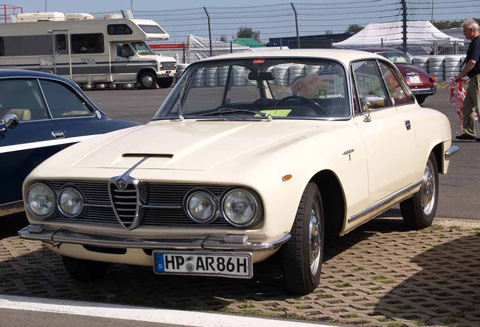
Alfa Romeo 2600 was introduced in 1962 to replaced the old 2000. The 145 hp six cylinder DOHC was smooth and reliable. About 7000 of these Bertone Sprint coupes were made.
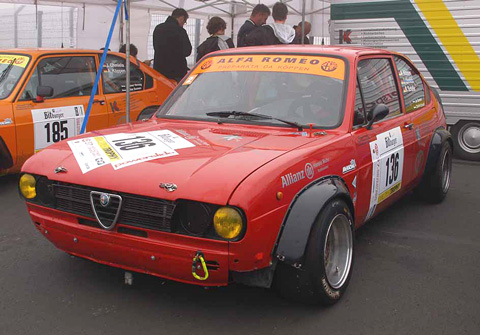
1975 Alfa Romeo Alfasud. The 1970s began an era of change at Alfa. But nothing was more radical for Alfa than the Sud; made in Naples, designed by a German, front wheel drive and a boxer engine. Was it an Alfa? Those who have driven them say yes.
Read more on the Alfasud.
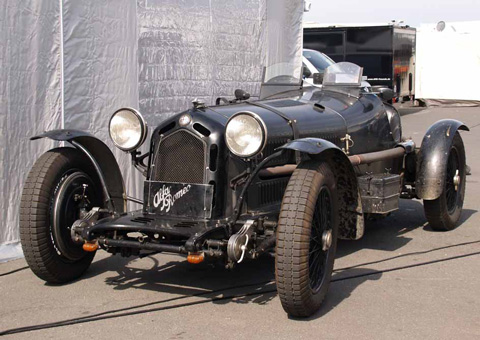
The 2.3 eight cylinder Alfa engine of 1930 also heralded in a new era of high performance cars. The two place Monza was equipped to run both Grand Prix races and sportscar events. It would be succeeded by the single seat P3.
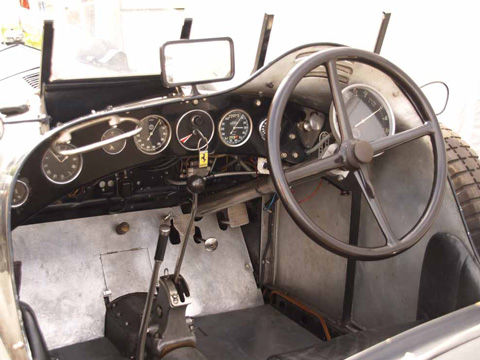
Compare the Monza office with the TZ cockpit above. Both totally functional, beautiful, and inviting. No room for GPS or message texting here.
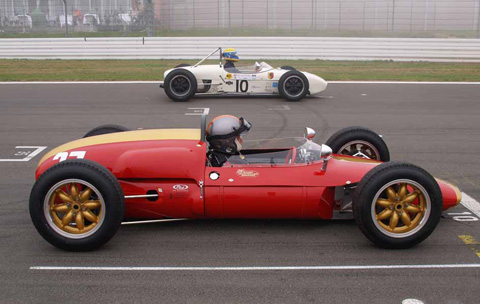
This formula car is a Heron. It has an Alfa Romeo engine and the badge Alfa Romeo in the front. It was raced in South Africa in a variety of events.
What Alfa GTAm? Looks more like a normal 1750 “maccaronata” as the Italians say.
The GTZ looks also like a copy (well made), but what an ugly wheels.
The Alfasud is a nice and rare original, not built in Naples as stated but in Pomigliano d’Arco (near Naples) and was designed Hruska, may be not an Italian, but certainly a Honorary Italian (after all his years in Italy) and thus similar to Mike Parkes.
The 1900 Ti Super looks more like an ordinary 1900 as it has no chrome strips etc (Ms. Stanguellini drove one in the Carrera Mexicana revival almost a decade ago and that car can be seen at the Museo Stanguellini in Modena …. if it haa not been sold in the mean time).
All in all a rather poor showing of Alfas (may be they all were at Concorso Italiano and Laguna Seca ?).
I’ve been there…
Nice photos, informative captions ! Love trhe Alfas…
It was a great event and very pitty Saturday was almost invisable due to fog of the wordt kind !
Sunday however made everything perfect again !!
Eh…Guys…what about Furiani Team black and “unpainted” GTAS….need more…best regards from Uruguay -closer Argentina.
The “Am” stands for America.
I believe the GTAm was an almalgam for GT Trans Am. as the early Trans Am series was devided into an over and ubder 2 liter class.
The ‘Giulia GTAm’ is actually a simple Giulia Coupé, proabably a 1750 GTV. GTAms were few in number, and were far from lightweight, being all-steel shells – in fact a contemporary driver of the team once described them to me as “heavy old beasts”. The only lightweight bits were the big arches they all had, which were GRP mouldings. The nomenclature stood for GT America, in recognition of the fact that the Giulia Coupé had just been introduced to the US market and the race car versions were aimed at garnering some publicity. GTAs had the big arches too – but only the 1300 GTA Juniors, the ‘Fat Juniors’ of giant-killing legend
And TZs came in two forms – TZ and TZ2, but not TZ1. The TZ shown is on TZ2 rims, which came in a series of ever-deeper outsets and widths. Those on this car were generally intermediate widths and used only on the rear, while the front would have had very shallow dishes, almost flat nave plates. They do look strange on a TZ, but entirely right on a TZ2
AlfaSud not an Alfa? Madness. AlfaSuds summed up everything that an Alfa Romeo must be – fast, responsive, light, demonstrative, as passionate a piece of automotive engineering as has ever been made. Unfortunately durability wasn’t a strong point, but for those of us who were fortunate enough to own them, they’re sorely missed. They were truly fabulous little cars
for some arese’s specialists, gtam stands for “GT-america”, as the for homologuation the race car was based on the us specs 1750 road-car.
(because of the fuel injection)
Concerning the TI Super:
I am the lucky owner and driver of the car you showed. I can confirm that it is a serious TI Super, one of the 478 built. It has been prepared for the carrera in the mid-90ies, but not raced. I got it 2007 and developed its components for long-distance racing on tracks. This year we took part in the fhr-yokohama-roschmann-cup. http://www.fhr-online.de